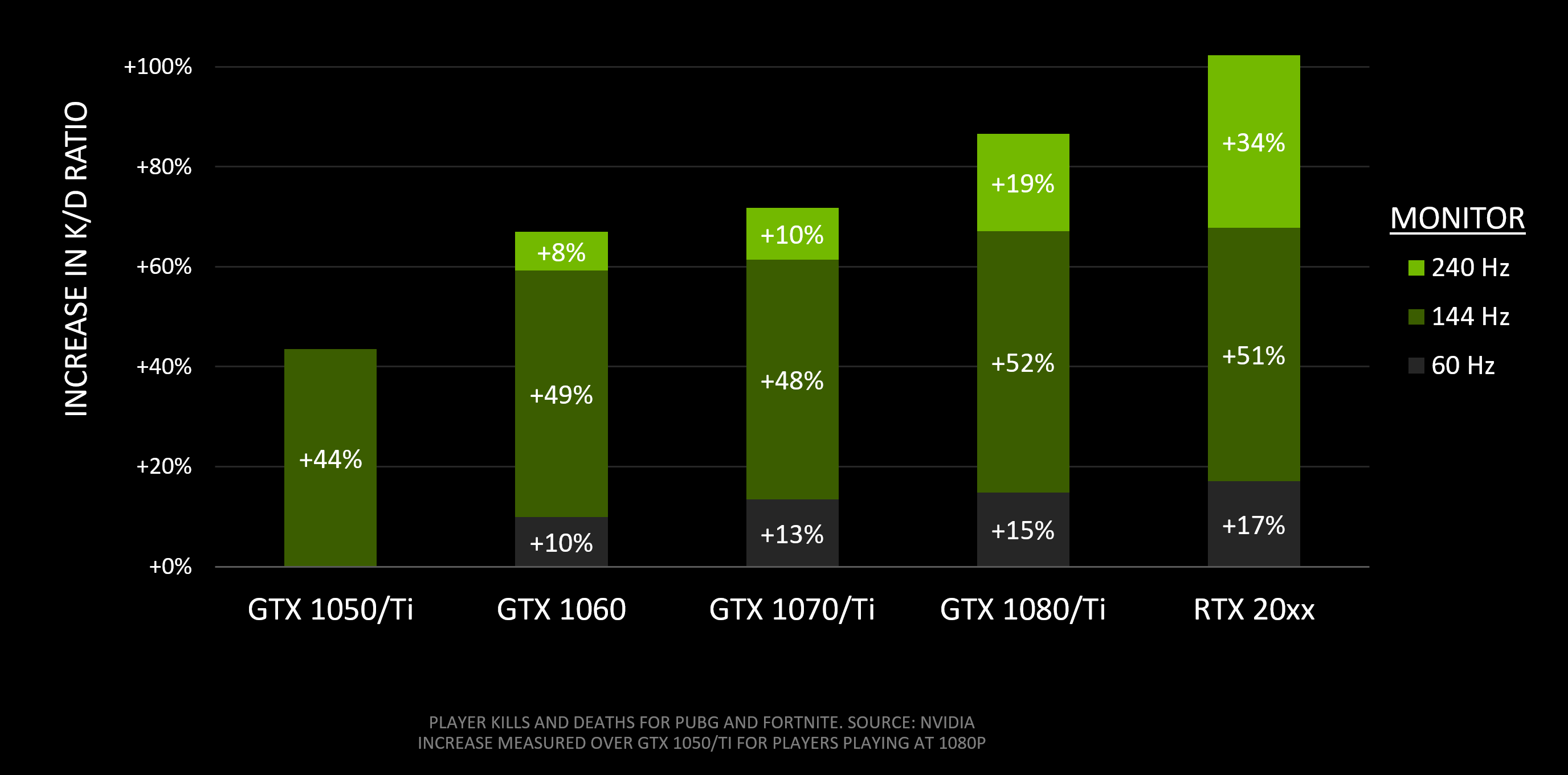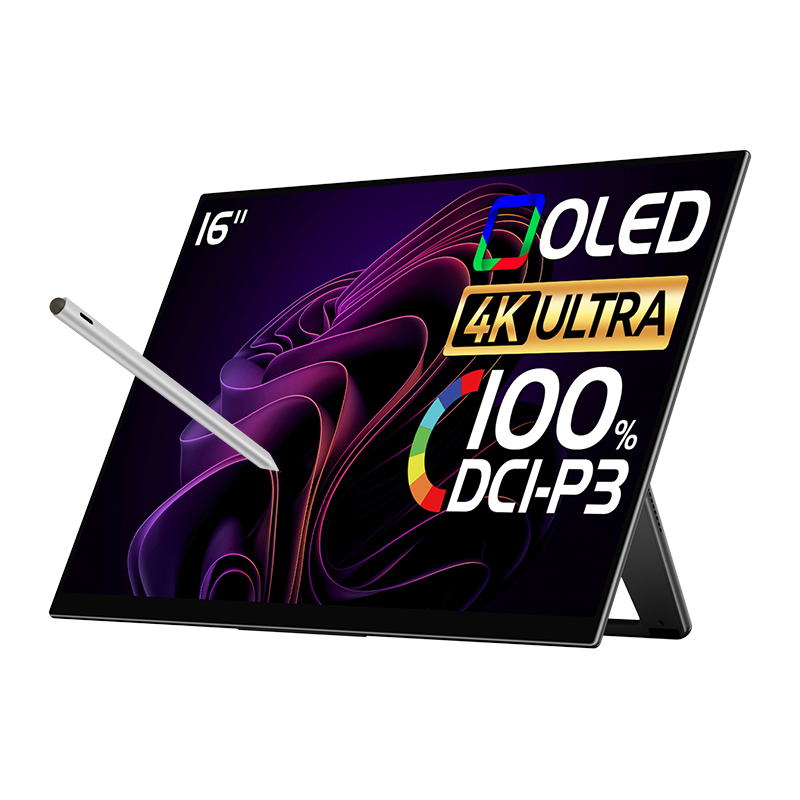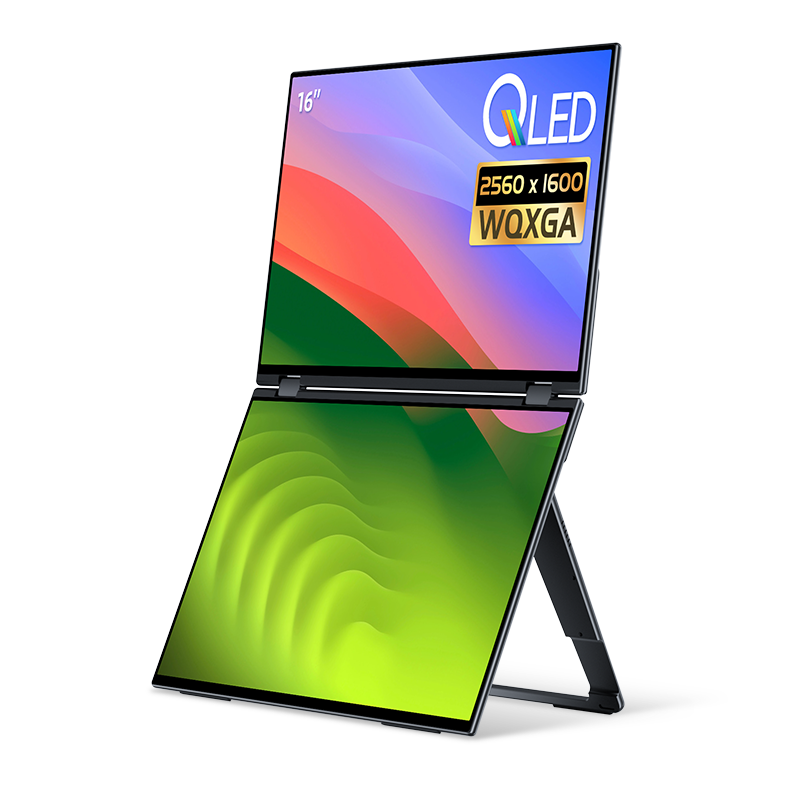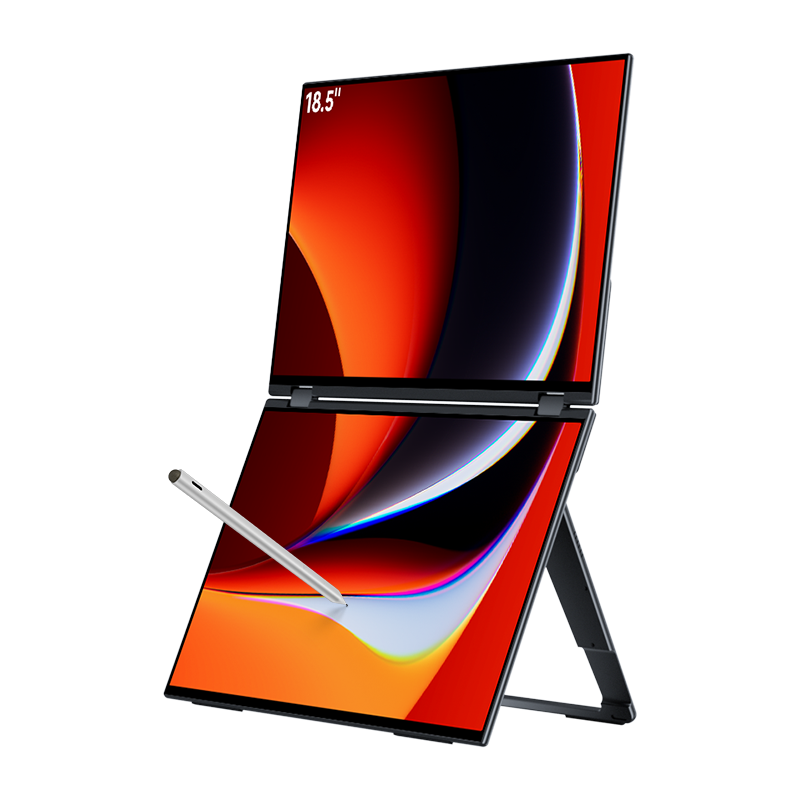Article: Pixels and Gaming: Why Higher Resolution Matters for Competitive Play

Pixels and Gaming: Why Higher Resolution Matters for Competitive Play
In the world of competitive gaming, every millisecond and every pixel counts. While many players focus on frame rates and response times, resolution—and more specifically, pixel density (PPI)—plays a crucial role in gaining a competitive edge. Higher resolutions (like 1440p and 4K) offer sharper visuals, better clarity, and improved target acquisition, giving players an advantage in fast-paced shooters, MOBAs, and strategy games.
But how exactly does resolution impact competitive play? Let’s break it down.

1. Sharper Image = Better Target Identification
Higher resolutions mean more pixels per inch (PPI), which translates to crisper textures, smoother edges, and less aliasing (jagged lines). In competitive shooters like Counter-Strike 2 or Valorant, spotting enemies at a distance can be the difference between winning and losing.
- 1080p (Full HD): Standard for esports, but distant enemies may appear slightly blurry.
- 1440p (QHD): A sweet spot for competitive play—sharper than 1080p without requiring extreme GPU power.
- 4K (UHD): The clearest image, but demands a high-end GPU and may reduce frame rates.

2. Reduced Eye Strain for Longer Sessions
Competitive gamers often play for hours, and higher resolutions reduce eye fatigue by providing smoother, more natural visuals. Lower resolutions (like 1080p on a large monitor) can force your eyes to work harder to distinguish details, leading to quicker exhaustion.

3. The Trade-Off: Resolution vs. Performance
While higher resolutions improve clarity, they also demand more from your GPU. If your PC can’t maintain high frame rates (144Hz+) at 1440p or 4K, you might be better off sticking with 1080p for competitive play.
- Pro Tip: Many esports pros use 1080p 240Hz+ monitors for maximum fluidity, while others prefer 1440p 165Hz+ for a balance of clarity and speed.

4. Future-Proofing Your Setup
As games become more detailed, higher resolutions will become the norm. Investing in a 1440p or 4K monitor now ensures you’re ready for next-gen competitive titles.

Final Verdict: Is Higher Resolution Worth It?
For casual gamers, 1080p is still great. But for competitive players, 1440p offers the best balance of clarity and performance. If you have a powerful GPU, 4K can provide unmatched sharpness, but only if you can maintain high frame rates.
What’s your ideal resolution for gaming? Let us know in the comments! 🎮
















Leave a comment
This site is protected by hCaptcha and the hCaptcha Privacy Policy and Terms of Service apply.